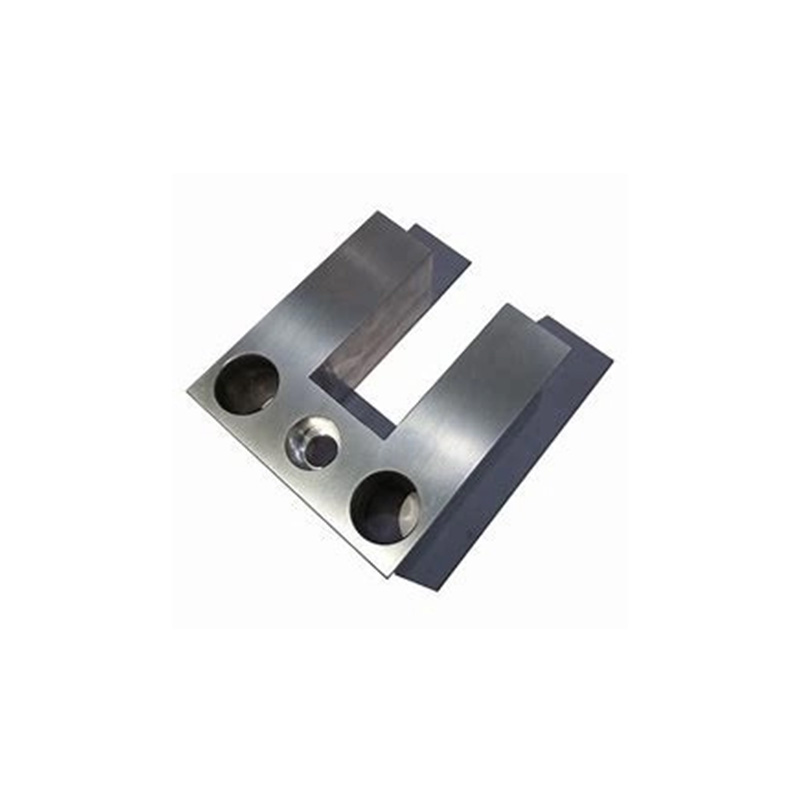
The global CNC machining parts sector is undergoing a seismic transformation. Valued at $65 billion in 2023 and projected to reach $100.2 billion by 2030, this industry is redefining precision manufacturing. Automotive applications lead with 45% market share, while AI and sustainability reshape production floors worldwide. Let’s explore the forces redefining precision manufacturing.
Artificial Intelligence is revolutionizing CNC machining parts production. Embedded sensors now monitor tool wear in real-time, automatically adjusting cutting parameters to prevent failures. This reduces unplanned downtime by up to 35% and extends tool life by 20-50% according to industry data. Manufacturers implementing AI report 30% less material waste and 25% faster cycle times.
Our team’s 2025 automotive component project revealed AI’s true potential: predictive maintenance algorithms flagged a spindle bearing issue 72 hours before failure. This saved $18,000 in replacement costs and prevented 26 hours of production downtime. Interestingly, the system learned from this event, now detecting similar patterns in other machines.
| Parameter | Traditional CNC | AI-Driven CNC (2025) |
|---|---|---|
| Setup Time | 2-4 hours | 15-30 minutes |
| Predictive Maintenance | Manual inspection | Real-time monitoring |
| Scrap Rate | 5-8% | 1-2% |
| Energy Consumption | High (non-adaptive) | Optimized in real-time |
CNC machining parts now handle exotic materials beyond traditional metals. Titanium alloys dominate aerospace applications due to their strength-to-weight ratio and corrosion resistance. Surprisingly, titanium CNC parts are 50% lighter than steel equivalents while matching strength. Medical implant production now uses biocompatible titanium and cobalt-chrome alloys.
Composite machining presents unique challenges. Carbon fiber reinforced polymers (CFRPs) require specialized tool geometries and coatings to prevent delamination. New diamond-coated tools last 3x longer when machining composites compared to standard carbide tools.
Avoid selecting materials solely based on technical specifications. Consider machinability, tooling costs, and lead times. For example, Inconel offers excellent temperature resistance but increases machining costs by 200-300% compared to aluminum. Always consult your machining partner early in the design phase.
Green machining is no longer optional. Leading CNC machining parts producers implement comprehensive sustainability programs:
Weiting Machinery’s facility in Dongguan exemplifies this shift. Their conversion to solar power reduced carbon emissions by 120 tons annually, while MQL implementation saved 15,000 liters of coolant yearly. Their CNC machining parts now carry sustainability certifications demanded by European automotive clients.
Asia-Pacific controls 40% of the global CNC machining parts market. China remains the powerhouse, but interestingly, Southeast Asia is growing at 12% annually – faster than China’s 7% growth. Vietnam and Thailand have become major hubs for precision components, particularly for electronics and automotive sectors.
Automotive electrification drives this expansion. Thailand’s EV production increased 300% since 2022, requiring sophisticated CNC components for motors and battery systems. Japanese precision combined with competitive Southeast Asian labor creates a powerful manufacturing ecosystem.
Counter-intuitively, this growth coincides with reshoring in some Western markets. North American reshoring initiatives created 20% more local CNC parts demand since 2023. High-value components requiring strict IP protection often stay closer to home.
Five-axis CNC machining centers now dominate precision industries. Unlike traditional three-axis machines, five-axis systems enable complete part machining in single setup. This reduces handling errors and cuts lead times by up to 60%. Aerospace turbine blades and medical implants especially benefit from this technology.
We’ve seen five-axis adoption increase 35% year-over-year since 2023. However, implementing these advanced systems requires strategic planning:
Digital transformation reaches CNC machining through cloud-based platforms. Services like Zetwerk and Xometry connect customers directly with manufacturing capacity. Upload your design, receive instant quotes, and track production in real-time – all online. This model reduces procurement time by 70% compared to traditional RFQ processes.
These platforms particularly benefit small-batch production. Prototyping lead times compressed from weeks to days. For example, our startup client developed drone components in 8 days instead of 28 days using on-demand CNC services. Quality remained consistent with traditional suppliers while costing 15% less.
Transitioning to modern CNC machining requires strategic execution:
Q: How is AI actually improving CNC part quality?
A: AI algorithms analyze vibration, temperature, and power consumption patterns to detect micro-changes in machining conditions. This allows real-time adjustments that maintain tolerances within ±0.001mm consistently, impossible with manual control.
Q: Why choose titanium for CNC parts despite higher costs?
A: Titanium offers exceptional strength-to-weight ratio and biocompatibility. In aerospace applications, weight savings justify costs – every kilogram reduced saves approximately $10,000 in fuel over a commercial aircraft’s lifetime.
Q: Are five-axis CNC machines worth the investment?
A: For complex geometries and high-precision industries, absolutely. Five-axis reduces setups, improves accuracy, and decreases lead times. ROI typically achieved in 18-24 months for batch production of complex components.
Q: How secure are digital manufacturing platforms?
A: Reputable platforms use military-grade encryption and secure data rooms. For sensitive IP, consider platforms offering on-premise solutions or blockchain-based digital rights management.
The CNC machining parts landscape in 2025 blends cutting-edge technology with sustainable practices. Manufacturers embracing AI, advanced materials, and digital integration lead in precision and efficiency. Sustainability transitions from cost center to competitive advantage. Companies ignoring these trends risk obsolescence as the precision manufacturing revolution accelerates globally.